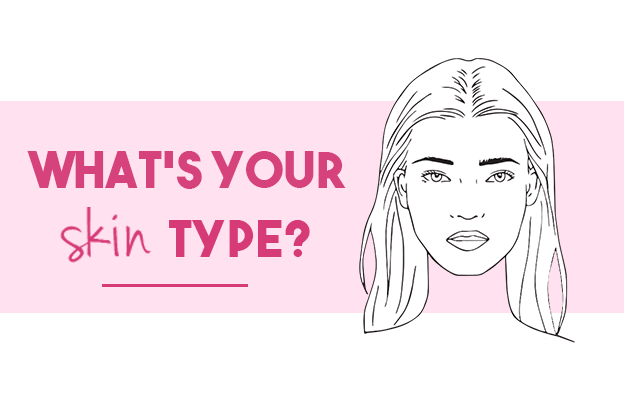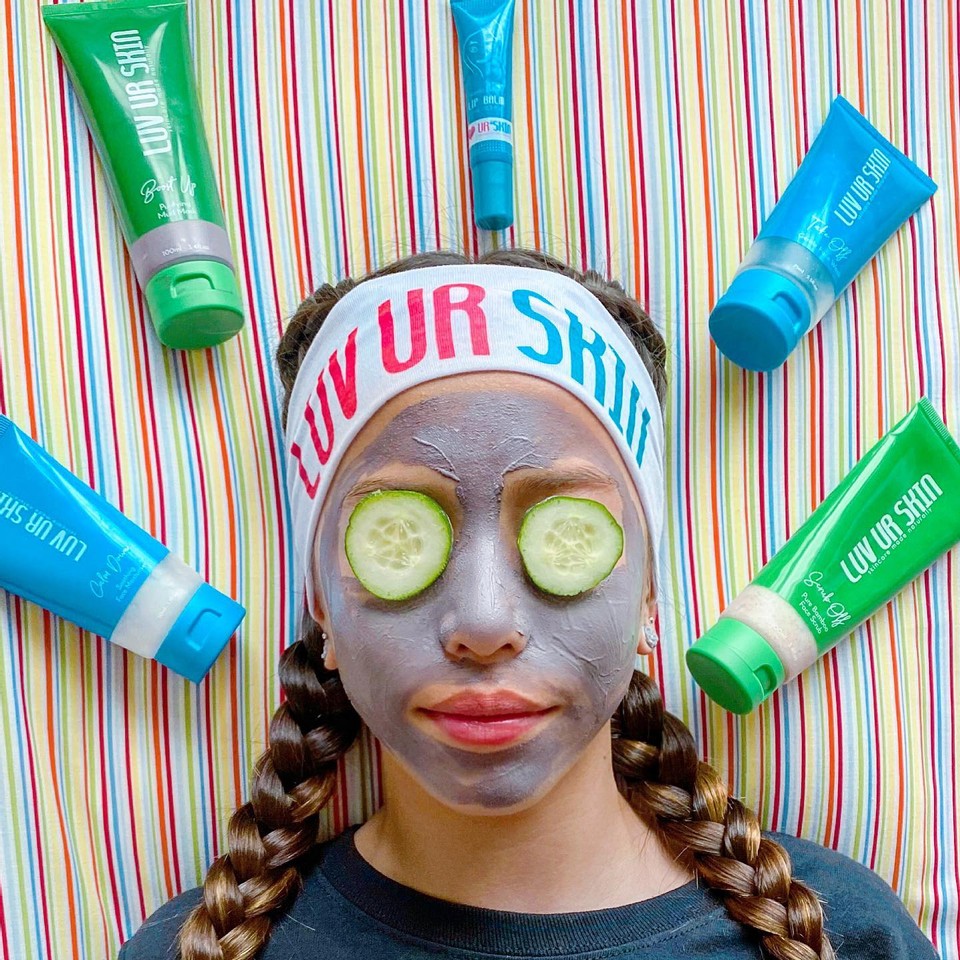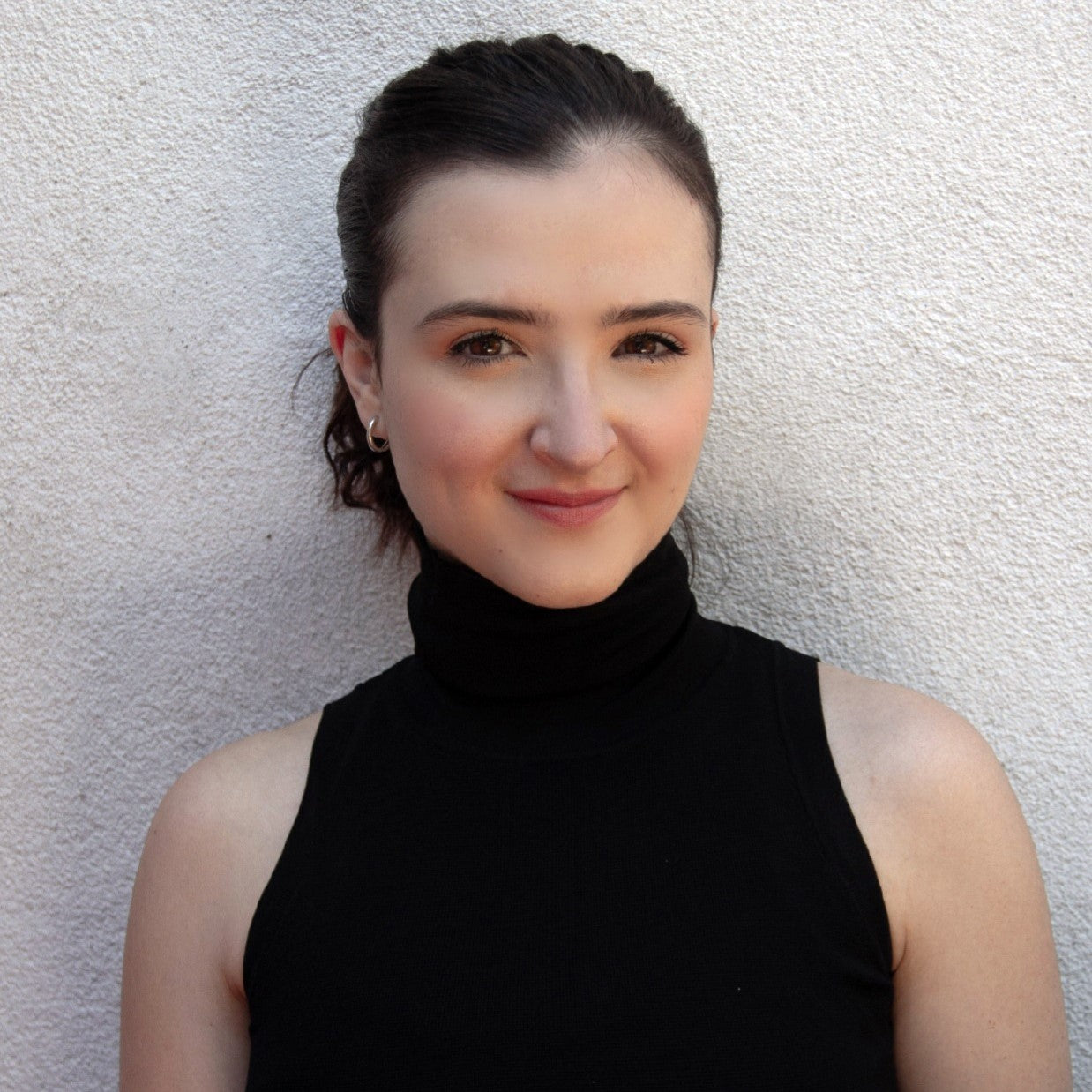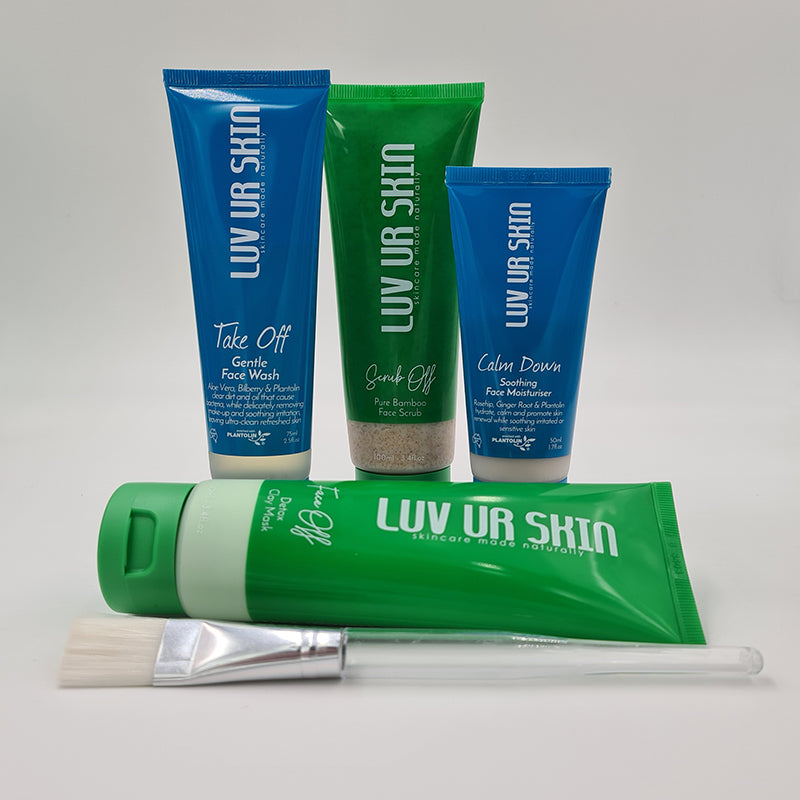The first step to building your skincare routine is finding what your skin type is. Every person is different and unique and so is our skin! It is important to figure out what your skin type is so that you can understand what kind of products or ingredients are best suited for your skin.
A simple way to find your skin type is the blotting tissue test: wipe a tissue across your face in the morning and inspect what is left on the tissue. After the test, you should be able to identify to one of the four main categories of skin types.
Normal
This skin type has a natural balance of water and lipids in the skin, allowing your skin to achieve a healthy glow. Lucky you!
From the tissue test, there is no trace of oil or flaky skin left on the tissue. You have little to few imperfections and rarely experience severe sensitivities or visible pores. A tip to maintain your glowing complexion is to drink plenty of water and have at least 8hrs of sleep.
Dry skin
Dry skin types tend to look rough and dull, as the skin is unable to produce or maintain enough oils in the skin to keep it hydrated.
Your skin feels tight and flaky from the tissue test. You experience red patches on your skin and have little to almost invisible pores. Try to avoid frequent long hot showers or baths, as this can quickly dry out the natural oils in your skin.

Combination
Combination skin types are the most common skin type found in people. You tend to get oily in your t-zone area (forehead, nose and chin), but the rest of your face is dry or normal. The tissue test shows certain areas on your face as oily, dry or sensitive.
You experience blackheads and large pores in the oily areas, but your cheek, mouth and eye area feels tight or dry. A great tip is to try targeting each region of your face differently as each area has specific needs.

Oily
Oily skin types produce more facial oil than necessary because of their overactive sebaceous glands. From the tissue test, there are spots of facial oil, as your overall face appears shiny.
You have large visible pores and are no stranger to breakouts. To reduce an oily complexion, try not skipping moisturizer! Oily skin is just your skin crying for more hydration, so it overcompensates by producing more oil.
I developed Luv Ur Skin, as a universal skincare line that works for all girls with every skin type. It’s gentle and nourishing for all the sensitive and dry skin gals. But it is also light and refreshing for those with oily or combination skin. Try it out today, and tell me what you think!
Luv,
Izzi xx




